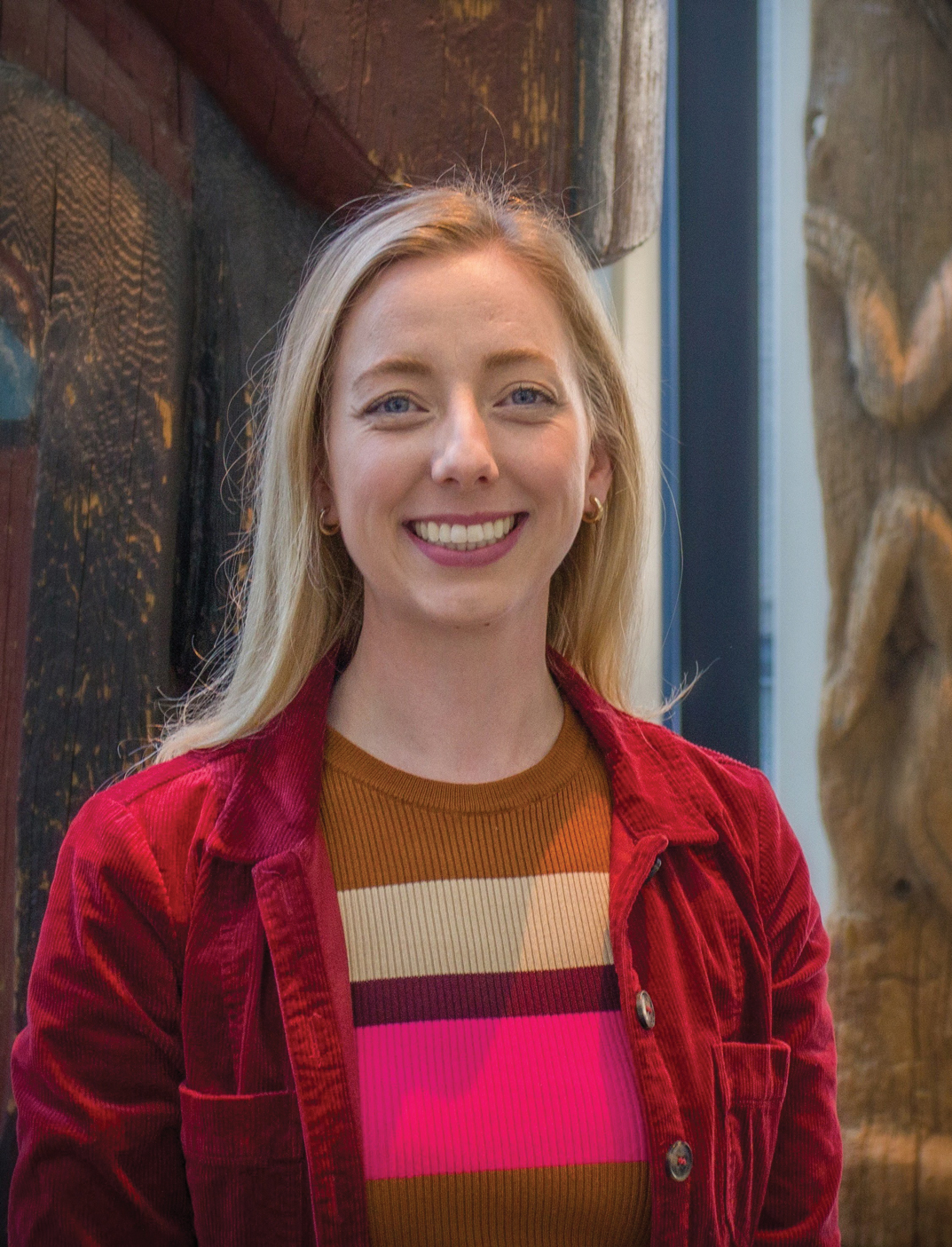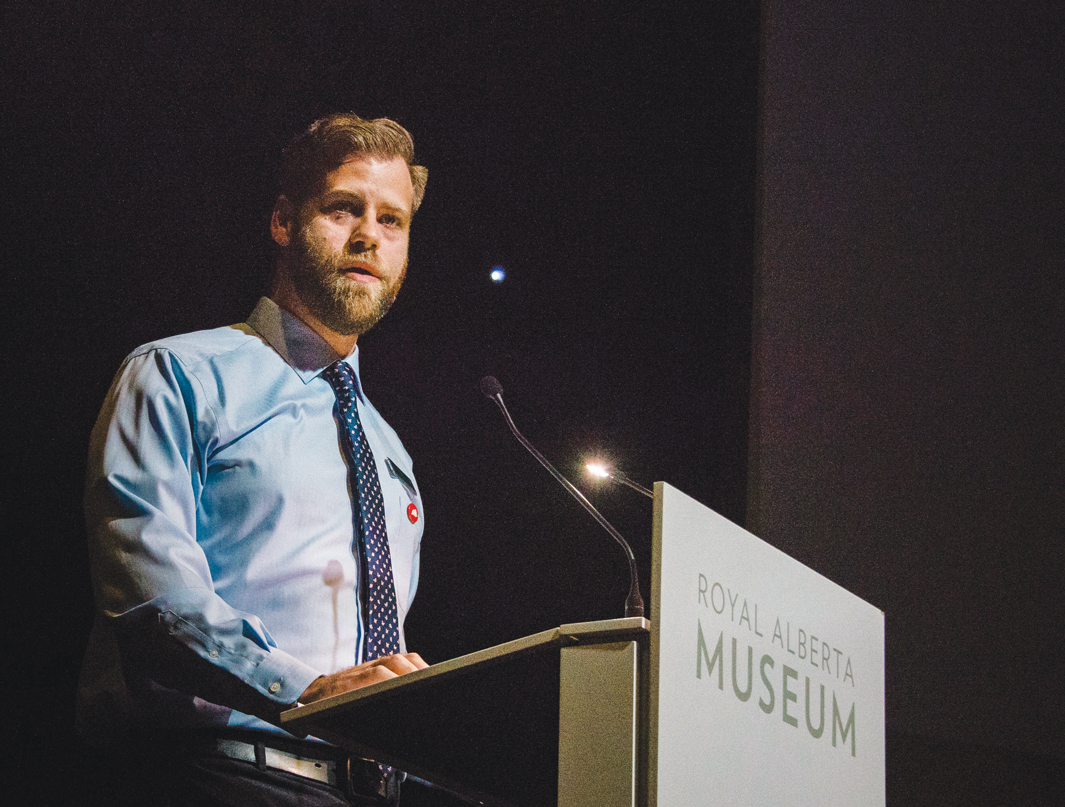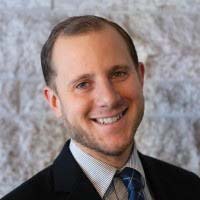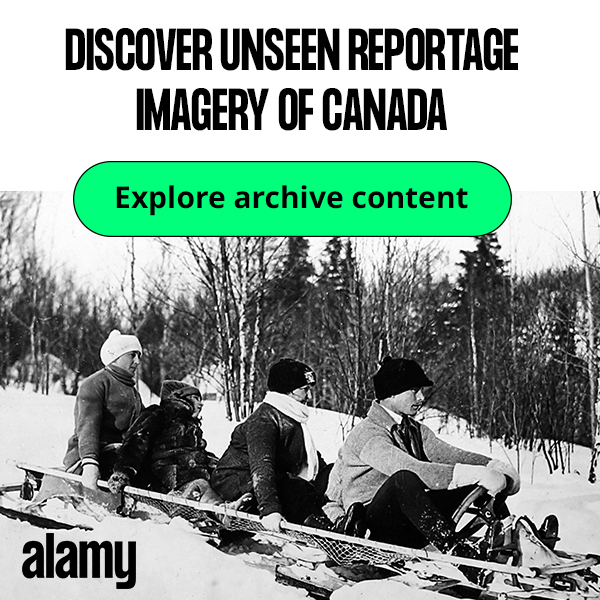
EMP Roundtable Reflections
In April of 2020, the CMA brought together a group of emerging museum professionals to discuss the changing state of museums both in the in short and long-term in the context of the COVID-19 pandemic. We’ve asked some of the session participants to revisit their discussion and provide further comment on the topics discussed, how their approaches have changed and adapted since that meeting and what they might recommend for other EMPs.

Lorenda Calvert
When the CMA’s EMP Roundtable was hosted in the spring of 2020, we spoke of a few months of unprecedented times as we adapted into a new normal. We spoke of the longevity of digital programming and our hopes for reopenings. Now 16 months after our discussion, the unprecedented times still continue, which raises the question of whether we will ever, or should ever, return to pre-COVID-19 precedented times.
For some museums, what started as a voluntary closure for the health and safety of their community, volunteers, and staff has resulted in the permanent closure of their site when the challenges presented by the pandemic became insurmountable. For staff that were furloughed or laid off, some returned to their former positions, some took new jobs, some left the workforce to continue their studies, and some have left the sector entirely. Two graduating classes of museum studies students have entered our sector since the pandemic began. Entering a field with such upheaval and uncertainty can be overwhelming, disorienting, and discouraging.
However difficult this moment of time may be for museum workers, I encourage emerging professionals in our field to see the opportunity all of the upheaval caused by COVID-19 provides. We can look inwards at our institutions and, instead of just making small changes, we can lean into all of the turmoil to make big changes that have been a long time coming. We need to address the disparity between auxiliary and full-time employees, and to look at equitable wages, benefits, and more flexible work hours. We can stand up for these important causes and help change the working conditions of the museum sector to make a more sustainable field for ourselves and the generations to follow. There is no better time than now to tackle our industry’s colonial construct and to directly address the harm our field has done. For example, the past 16 months have given some organizations the space and time away from the usual bustle of being open to the public to begin to build up and strengthen their reconciliation and repatriation actions. We will all benefit if we start to change for the better, and the pandemic is providing us with a unique opportunity to do this work. With a new normal, we have the opportunity to define what is normal.
EMPs are poised to call attention to these issues because we are the future of our sector; we are going to inherit whatever changes happen, so we ought to play a large part in pushing for positive change. We should not let our past practices set a precedent as we move forward. M
Lorenda Calvert is the Programs Coordinator at the BC Museums Association and is passionate about fostering connections between students, community groups, informal educators and the public.

Ben Fast
If the Emerging Museum Professional (EMP) experience of 16 months of the COVID-19 pandemic can be described in one word, it would be “disjointed.” In a sector that places significant emphasis on experience while relying on contingent, seasonal, or volunteer work, EMPs — who are often in front-line and entry-level positions — have faced lost time when careers could be advancing. Museums face much more significant loss if EMPs do not return to or remain in the sector.
A survey of the Alberta Museums Association (AMA) membership showed that EMPs felt the employment impacts of COVID the most, making up 47% of those experiencing layoffs. While facilitating the AMA’s learning and professional development programs in 2020, I heard from many EMPs who have experienced this disjointed year through temporary layoffs, new directions in their museum journeys, or even new jobs outside of the sector. Those who kept their positions gave full credit to the museums that prioritized keeping their staff employed throughout multiple lockdowns as key to them remaining in the sector. Program participants exemplified the key EMP trait of flexibility: they found new ways to keep learning, gain experience, make connections, and develop their careers. Driven by a dedication to the sector and their passion for their work, the EMPs I connected with continued to progress as best they could.
This is a key critical issue for EMPs, and the sector, moving forward. COVID-19 has thrown into relief the vital role EMPs play in keeping museums operating but also the instability of their positions in the sector. Coming out of COVID-19, EMPs will recognize that their passion and dedication is not enough on its own to survive in the sector. It needs to be matched with better salaries, benefits, stability, and flexible work. If not careful, the sector may come to feel the impacts of failing to invest in EMPs.
While COVID-19 has not instantly produced the fundamental systemic changes in working conditions brought up in our CMA-facilitated April 2020 roundtable discussion, these realizations may grow into a challenge for the sector to rethink its employment structures. This shift could significantly impact how some museums operate given their current reliance on student funding and short-term, precarious employment to survive.
I hope the EMPs who have experienced the disjointed nature of COVID-19 do continue in the sector, and that they use that experience as leaders in the field to create a more sustainable and secure workforce fully ready and supported to tackle ongoing areas of upheaval and uncertainty such as climate change and reconciliation. The Canadian museum sector would do well to prioritize EMPs in order to maintain the professional future of the sector. M
Ben Fast is a cultural explorer who also enjoys kayaking, travelling, and playing music. He has worked in museums in BC, the Yukon, Alberta, and France. At the time of writing, Ben Fast was a Program Lead with the Alberta Museums Association. He has recently returned to school in BC to become a teacher.

Kyle Hanna
As museum professionals and the sector process the challenges of the past year, I’ve often thought about one of my favourite quotes by journalist Marion Winik: “The path is never straight”.
My path has not been straight, including during the COVID-19 pandemic. I first encountered the Marion Winik quote around seven years ago. Since then, my career has taken me around Canada and in and out of the museum sector. Many might see my journey as full of career U-turns. To me, it is more like crossing a creek, hopping from one stone to another, never in a straight line. So, I would like to share a few tips that helped me on my path that are particularly applicable during the changing present and could potentially help you and the emerging museum professionals you know.
Transferable skills: I would encourage EMPs to think broadly about their skillset as there is usually a lot of hidden potential. In my application process for the position of Interpreter at the Canmore Museum, I made the case that the skills I’ve gained from working several jobs in the service industry beforehand would make me good with people and hence an asset in the role of Interpreter.
Embrace “other duties as required”: Every job has tasks that are outside the job description. Some view these tasks as headaches, but they can be a great opportunity to obtain transferable skills. At my job at the CMA, I was added to the team that evaluated internal processes. I later highlighted this key experience when applying for my current job.
Be strategic: Strategy is important. It’s important to prioritize and not accept any work that you are uncomfortable doing. Focus on skills you’ve been meaning to hone. For example, I really wanted to further my skills in data analytics. So, while working at the CMA, I joined the data team and looked for ways to incorporate data into my work.
Looking back on the EMP roundtable from April 2020, I’ve reflected on how non-linear the path has been lately for the museum sector. While we all yearn for a ‘return to normalcy’, I think it’s equally important to brace ourselves for the inevitable shocks of the future. For EMPs, this means broadening ideas about what’s possible with your skillset. For the museum industry, I think that means being agile and strategic in operations and investing in developing workers with unique skillsets. All in all, I don’t know what the path forward looks like. I just know that it wwill not be straight. Perhaps that is just what we all need! M
Kyle Hannahas worked four years in the museum sector, most recently as a Program Officer for the CMA. He currently works as an Internal Auditor for the Canadian Nuclear Safety Commission.
